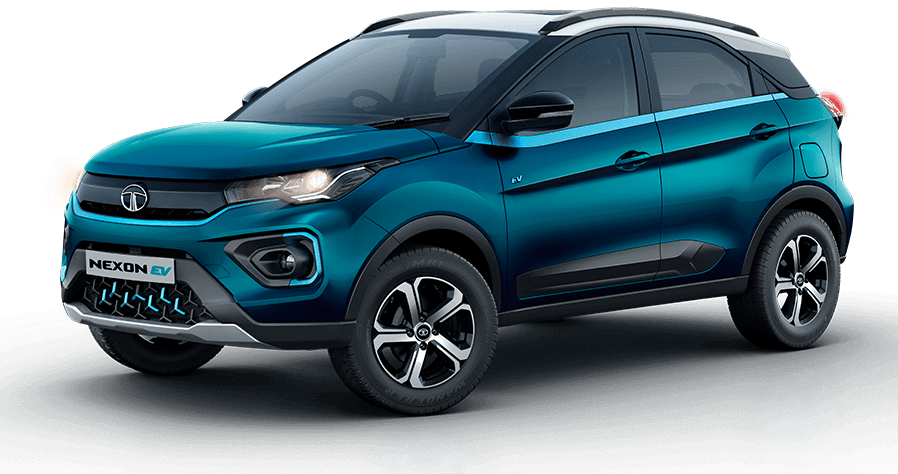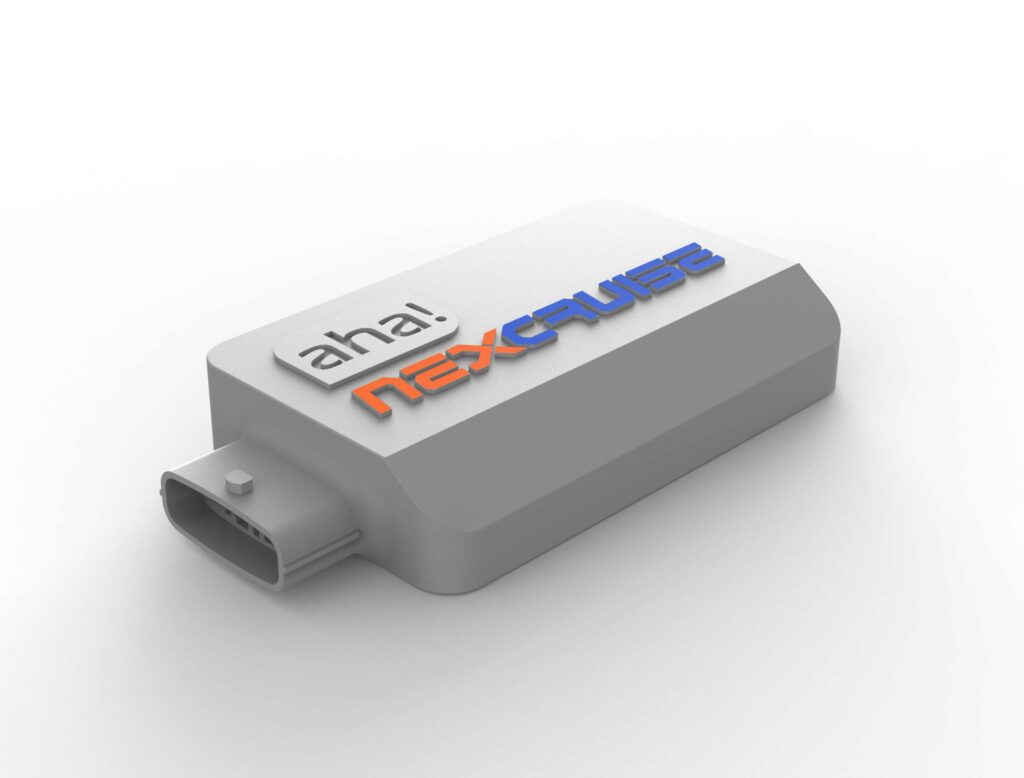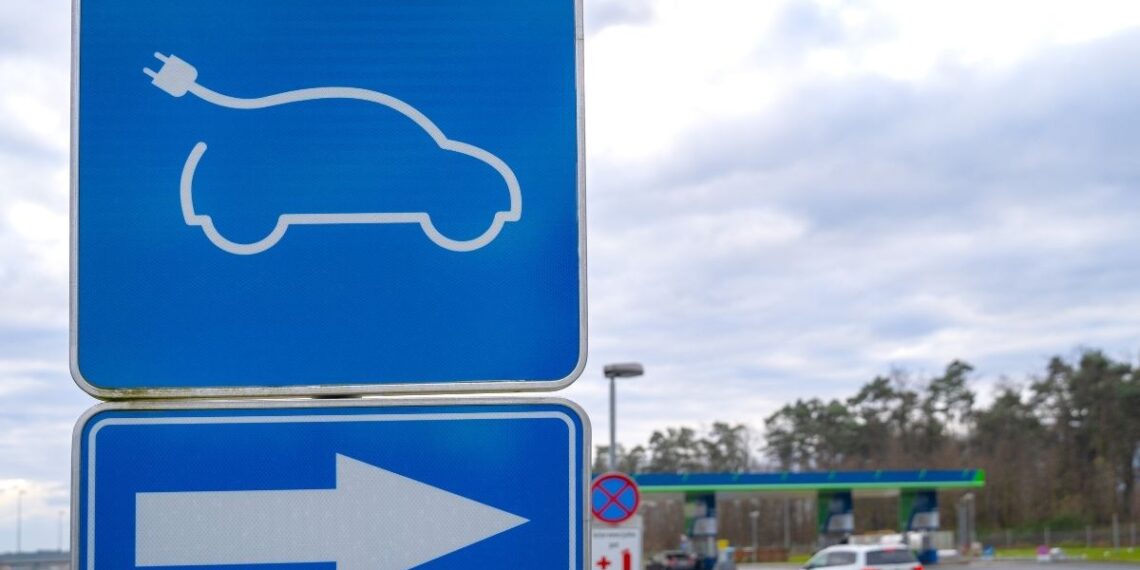Aakash, the founder of Jaipur-based Aha 3D innovations, which manufactures 3D printers, embarked on a four-day road trip with his wife Kaushal in his Tata Nexon electric vehicle (EV), which has a premium battery range of 312 kilometres, in late December 2020.
The pair travelled 1500 kilometres round trip from Jaipur to Longewala on the India-Pakistan border, going through Pushkar, Jodhpur, and Jaisalmer. While their road trip received a lot of attention in the media for paying Rs 800 to charge their car (fuel costs), it also served as the catalyst for a novel innovation that extends the battery range of a four-wheeler EV.

“On our road trip, we got to firsthand experience all of the obstacles connected with long-distance EV travel, and we discovered manual ways to get around concerns of battery range anxiety.” I realised that all of this could be automated after acquiring the requisite subtleties. Aakash adds, “A computer can easily be programmed to do all the boring labour, leaving the customer to just enjoy the pleasures of driving an EV.”
The Aha NexCruise is a plug-and-play device that takes the anguish out of driving and extends the range of an electric vehicle while travelling long distances on highways without quick charging stations.
“It’s a lot of work when we’re driving it in an energy-efficient manner or practising ‘the EV style of driving. We must constantly check the car’s speed and the amount of energy it consumes, and use the accelerator pedal with extreme precision as a result. Because the car is so seamless in picking up speed, even little distractions result in penalties such as losing 10 km range before we realise it. Depending on your driving style, you can receive a battery range of 150 km to 340 km on a single charge if everything else stays the same. The NexCruise can completely eliminate this discrepancy,” he says.
The Origin Story
The Aha NexCruise adds cruise control and a slew of additional capabilities to your electric vehicle, allowing you to securely drive long distances without the use of a fast charger.
“Typically, low-cost EVs are marketed as city cars due to their small battery capacity. However, EVs are still expensive, and in order to get full value for money, they must be driven more frequently to offset the initial cost. This technology presents a new prospect of faster EV adoption at a broad scale by allowing users to still take them on a long-range with reliability,” adds Aakash.

But where do you put it in your electric vehicle? Normally, a detachable connector connects the accelerator pedal to the vehicle control unit (VCU) of the car. This device can be inserted between the accelerator pedal and the VCU by customers.
“As a result, instead of flowing immediately to the car, the device now receives the accelerator-pedal signal. The device refines the signal according to ‘EV driving style rules’ and sends it to the car’s VCU. As a result, it protects the automobile from all manual errors and aids in achieving the best possible range,” he explains.
This device provides all functionality, such as cruise control, coast mode, eco, and deep eco modes, in this easy manner. For the time being, it’s only for four-wheeler EVs, but based on the same premise, it might be created for two-wheelers as well.
According to Aakash, consumers have gotten up to 340 km range with their Nexon EVs with this device. EVs are, in general, extremely predictable vehicles. What is unpredictably unpredictable is how they are motivated. This is the source of unpredictability in range and, as a result, range anxiety. To alleviate range anxiety, users should be able to forecast how far the car will travel on a given charge well ahead of time.
“By giving simple options that provide the required range, this device allows them to predict the same.” For example, if a user has to go more than 300 kilometres on a single charge, they can use the device’s ‘Deep Eco’ mode. This mode limits the car’s power use, giving the user complete confidence that they will be able to traverse the required distance. Similarly, the cruise control feature ensures that if the user sets a cruising speed, they will have a range that matches that pace.” Aakash explains.










